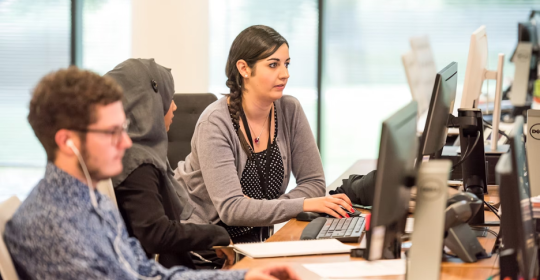The Future Of Clean Water
In the age we live in, consistent clean water seems to have become more of a privilege than the normal for a lot of people. As great a job as a lot of the world have been doing with water conservations, with ever worsening over population and climate change, it just is not enough.
Due to the lack of clean water, humans have turned to the oceans to make clean water for themselves. While this is great in theory, each of the methods we have come up seems to have its own set of drawbacks. In the below, we discuss the different methods of making clean drinking water to understand which will be best for us going forward.
Distillation
The oldest method and yet one of the most effective methods to purify water is distillation. Distillation is the simple act of boiling water and condensing the water vapour into a separate vessel. Distillation works well, as the impurities stay solid at water's boiling point, leaving them behind in the original vessel. This method can also be used to separate clean water from other liquids, this is to be done with caution though as the liquid's boiling points need to differ by at least 25 °C and the applied temperature must remain accurate.
As great as simple distillation may seem, it comes with two very big drawbacks which make it either impractical or impossible at scale:
- Time - Distillation is not a fast process, with greater surface area it does stand to speed up, but even in the best of conditions it will still be slow.
- Energy consumption - Distillation is by far the least efficient way of desalinating water. Using an incredible amount of power, distillation at large scale is likely only to add to climate change, as the large majority of earths power is still derived from fossil fuels.
Reverse Osmosis
Reverse osmosis is a newer technique of desalinating water. Reverse osmosis, while using complex equipment, is actually quite a simple process. In this process, the contaminated water is pushed through a very specific sieve, almost like a filter. This sieve in reverse osmosis is known as a semi-permeable membrane, a membrane which is sized big enough for water molecules but not enough for salts and many other solids to pass through. Reverse osmosis is more energy efficient than distillation and much faster too
With all the good that comes with reverse osmosis, there are some negative aspects to be aware of.
- Cost - Reverse osmosis machines are expensive, especially when set up at scale. It is not only the initial cost and budget to take into consideration, the sieves are considered as consumable items and need to be replaced periodically.
- Waste - Depending on the quality of the initial water used, reverse osmosis can waste a lot of water. When treating one litre of water, expect to waste anywhere from 2 to 20 litres. While this can be okay in normal situations, at scale it can be too wasteful for some areas with low water supply.
- Filter - When the filter does degrade or damages, harmful substances can be pushed through with the clean water. Preventative maintenance is crucial with a reverse osmosis machine.
Other Options
While reverse osmosis and distillation are the two most efficient systems on the market at the moment, there is some promising research being done for more alternatives to provide clean drinking water on a large scale.
- Temperature swing solvent extraction - A team at Columbia University are currently prototyping thing new technology which focuses on desalination at a fraction of the cost of our current methods.
- Battery electrode deionization - still in R&D phase but a promising alternative to the current methods, allowing for a much higher volume of water to be processed, making this, if successful, ideal for large scale water supply.
While the other options are not yet commercially available like the Bingo Canada offers, in the next few years we should see positive change in how water is cleaned and supplied to the dryer parts of the world.






